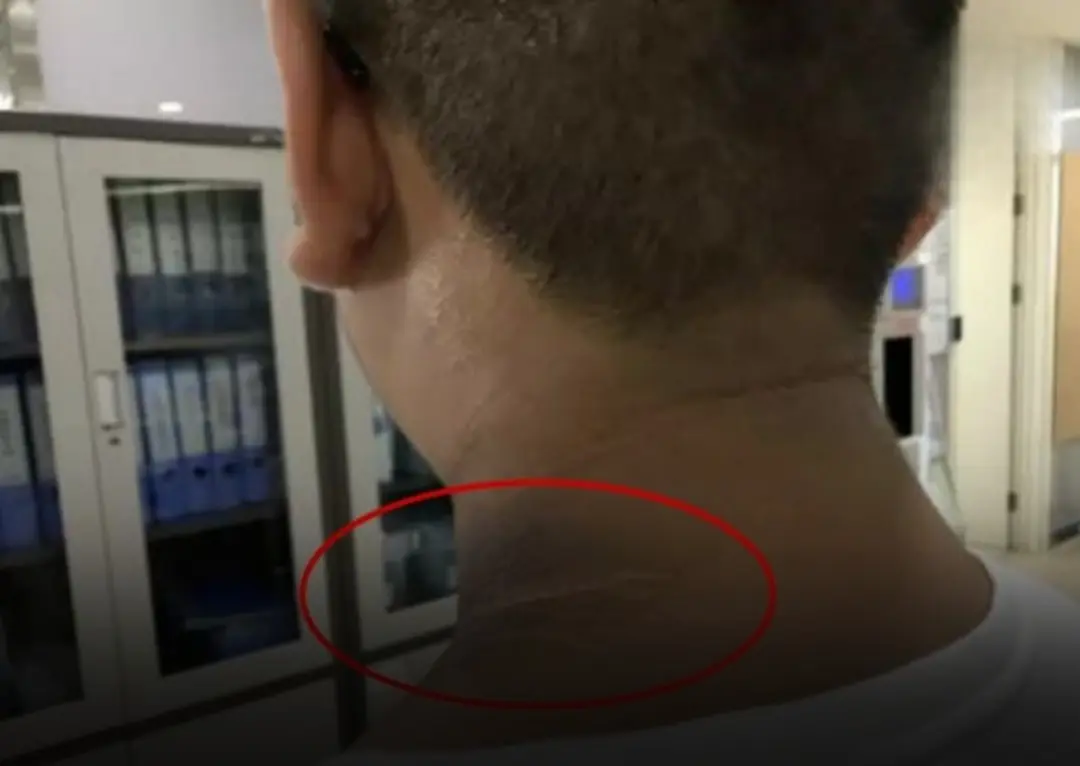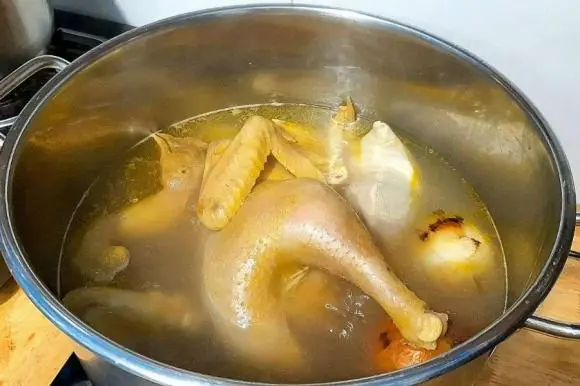
Crafting Your Own Egg Incubator from a Recycled Water Bottle

Make Your Own Egg Incubator From a Recycled Water Bottle: And A Comprehensive Guide to Hatching Chicken Eggs at Home
Hatching eggs at home can be an exciting and rewarding experience, whether you’re raising chickens, ducks, or other poultry. While commercial egg incubators are available, they can be expensive and may not always fit everyone’s budget. Fortunately, with some creativity and basic materials, you can craft your own egg incubator from a recycled water bottle. In this article, we’ll guide you through the step-by-step process of creating a simple and sustainable egg incubator, perfect for hatchling enthusiasts of all ages.
- Gather Your Materials:
- To begin, gather the following materials:
- 1 large, clear plastic water bottle
- Incandescent light bulb or heat source
- Aluminum foil or reflective tape
- Thermometer
- Marker
- Utility knife or scissors
- Tape or glue
- Small dish or container for water
- Prepare the Water Bottle:
- Start by thoroughly cleaning and drying the plastic water bottle. Remove any labels or stickers, and ensure that the bottle is completely dry before proceeding. Using a marker, draw a line around the bottle, approximately halfway between the base and the neck. This will be the cut line for creating the top and bottom halves of the incubator.
- Cut the Water Bottle:
- Carefully cut the water bottle along the marked line using a utility knife or scissors. Take your time to ensure a clean and even cut. You will now have two halves: the bottom half, which will serve as the base of the incubator, and the top half, which will act as the lid.
- Create Ventilation Holes:
- Using a small nail or the tip of a utility knife, poke several small holes around the top edge of the bottom half of the water bottle. These holes will provide ventilation for the eggs during the incubation process, allowing for proper airflow.
- Install the Heat Source:
- Next, determine the type of heat source you will use to regulate the temperature inside the incubator. An incandescent light bulb works well for this purpose, as it emits gentle heat. Place the heat source inside the bottom half of the water bottle, positioning it towards one side to create a warm zone. Use tape or glue to secure the heat source in place.
- Add Reflective Lining:
- To help distribute and retain heat within the incubator, line the inside of the bottom half of the water bottle with aluminum foil or reflective tape. This will help reflect heat back towards the eggs, ensuring a consistent temperature throughout the incubation period.
- Insert Thermometer:
- Insert a thermometer into the incubator to monitor the temperature levels. Place the thermometer towards the center of the incubator, away from direct contact with the heat source. This will provide an accurate reading of the internal temperature.
- Assemble the Incubator:
- Carefully place the top half of the water bottle over the bottom half to create the incubator’s lid. Ensure that the two halves fit snugly together, with minimal gaps or openings. Use tape or glue to secure the lid in place, if necessary.
- Add Water Reservoir:
- Place a small dish or container filled with water inside the bottom half of the incubator. This will help maintain humidity levels within the incubator, essential for the proper development of the eggs.
- Test and Monitor:
- Before adding eggs to the incubator, test the temperature and humidity levels to ensure they are within the optimal range for hatching. Adjust the position of the heat source or water reservoir as needed to achieve the desired conditions. Once everything is set up, carefully add your eggs to the incubator and monitor their progress closely.
A Comprehensive Guide to Hatching Chicken Eggs at Home Using an Incubator
Here’s a detailed guide to help you through each step of the way.Selecting the Right Eggs
- Fertile Eggs
Provenance: Ensure the eggs come from hens that have been mated with a rooster. Store-bought eggs are typically not fertile and won’t hatch.
Trusted Source: It’s crucial to obtain eggs from a trusted farm or source that guarantees fertility. This can significantly increase your chances of successful hatching.- Fresh Eggs
Age: The freshness of the eggs is vital. Aim to use eggs that are no older than 7-10 days. The fresher the eggs, the higher the likelihood of hatching.
- Clean but Not Washed Eggs
Condition of the Shell: Eggs should be clean but not excessively washed, as washing can remove the natural protective film that shields the egg from bacteria.
Visual Examination: Ensure the eggs are not cracked, deformed, or excessively dirty. Light dirt can be cleaned with a dry cloth if necessary.- Uniform Size and Shape
Consistency: Choose eggs that are as uniform in size and shape as possible. Avoid very large or very small eggs, as they may have issues during incubation.
Incubation Conditions and Procedures- Temperature
Constant: Maintain a steady temperature between 37.5°C and 38°C (99.5°F to 100.4°F) throughout the incubation period.
- Humidity
First Interval: For the first 18 days, keep the humidity around 50-55%.
Last Days: Increase the humidity to about 65-70% during the last 3 days (hatching period).- Ventilation
Fresh Air: Ensure the incubator has good ventilation to provide a constant flow of fresh air.
- Turning the Eggs
Frequency: Turn the eggs at least 3-5 times a day to prevent the embryo from sticking to the shell.
Stop Turning: Cease turning the eggs 3 days before the expected hatch date.- Monitoring
Candling: Use a light source to candle the eggs and monitor embryo development. This helps identify any non-viable eggs early on.
The Hatching Process
Preparation:Increase the humidity and stop turning the eggs 3 days before the expected hatching date.
Ensure the hatching environment remains optimal by maintaining stable humidity and temperature.
Important Tips:Avoid opening the incubator frequently during the hatching period to keep the environment stable.
Patience is key; chicks can take several hours to fully emerge from their shells.
Hatching chicken eggs at home with an incubator requires careful attention to detail, but it is a highly rewarding process.
News in the same category

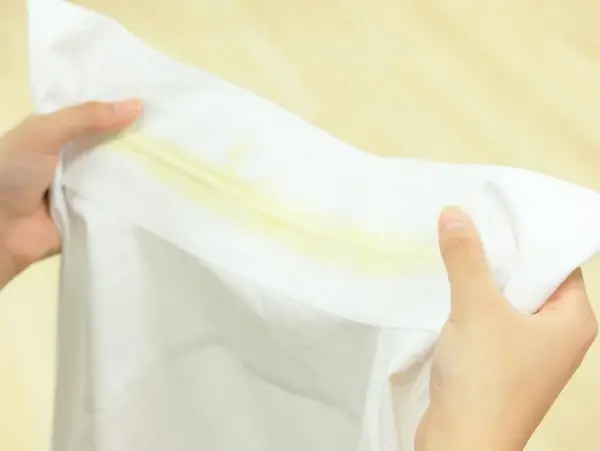
4 simple and effective tips to clean yellow sweat stains on white shirts at home that anyone can do it
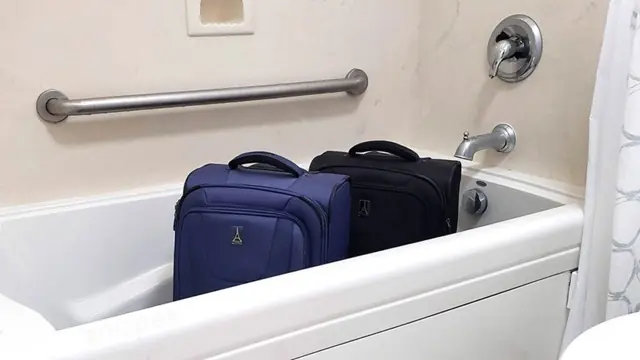
Why many people place their suitcase in the bathtub right after checking into a hotel room
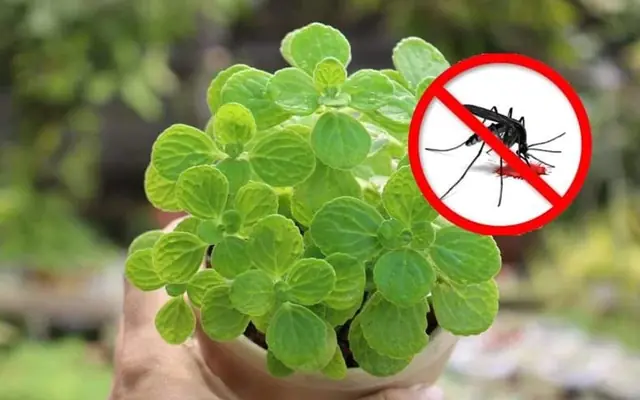
7 Beautiful, Fragrant Plants That Naturally Repel Mosquitoes
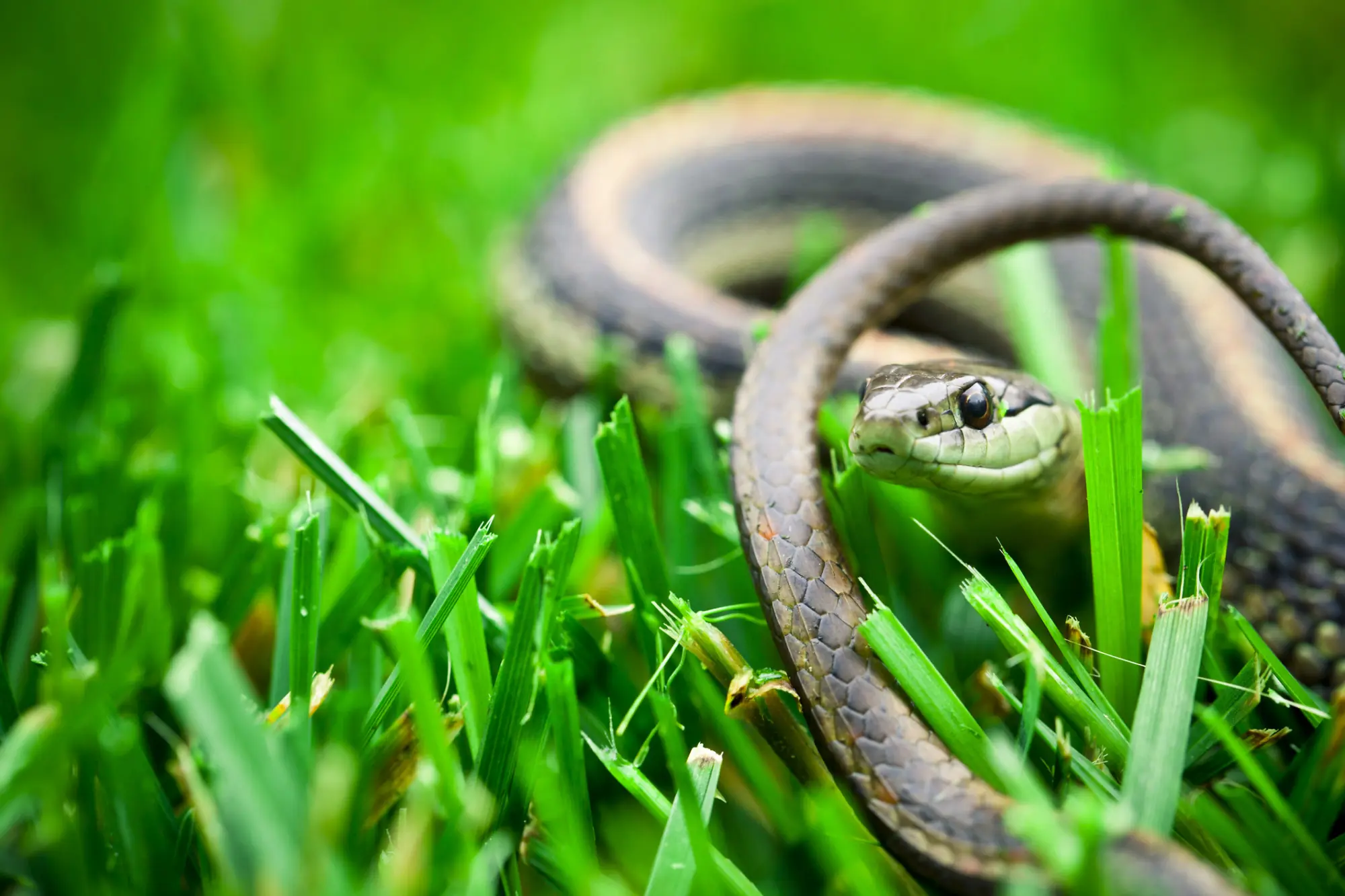
Plants That May Attract Snakes to Your Home: What You Should Know
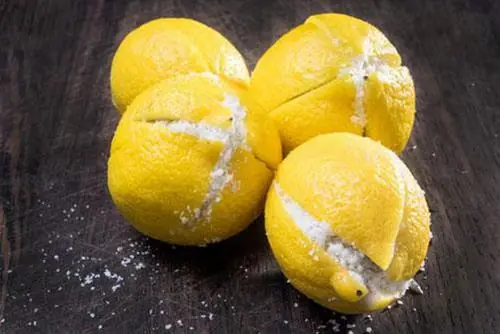
Little-known benefits of placing lemon with salt in the room
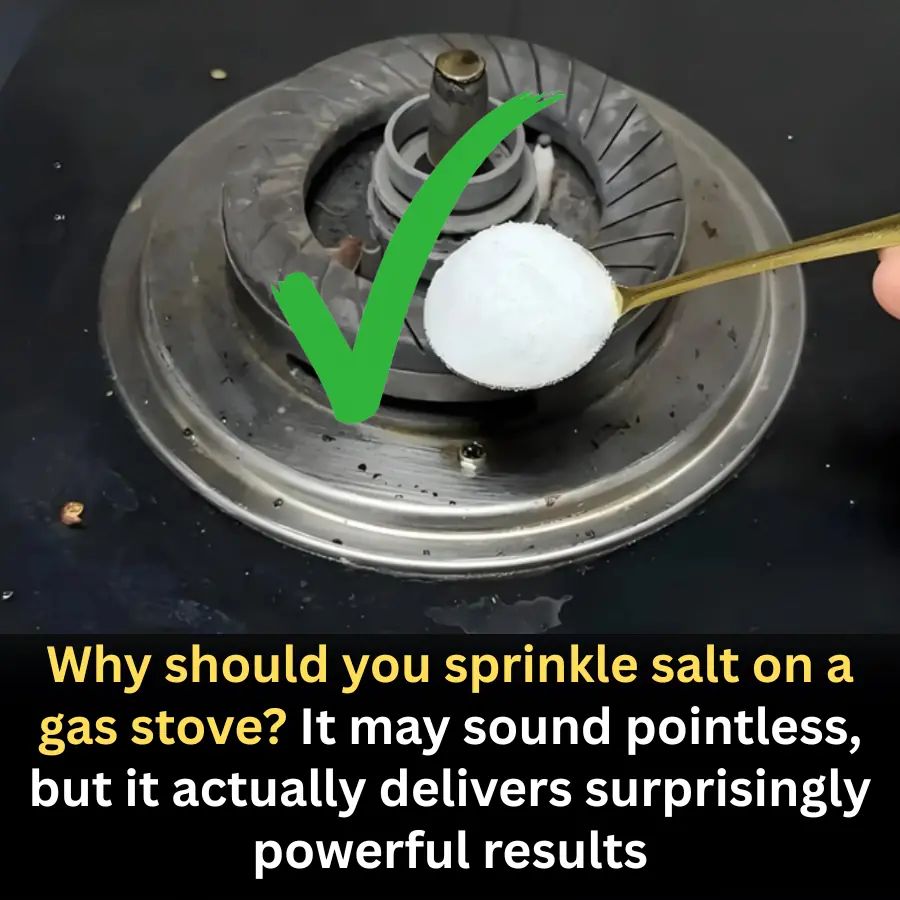
Why Sprinkling Salt on a Gas Stove Is a Smart Household Trick
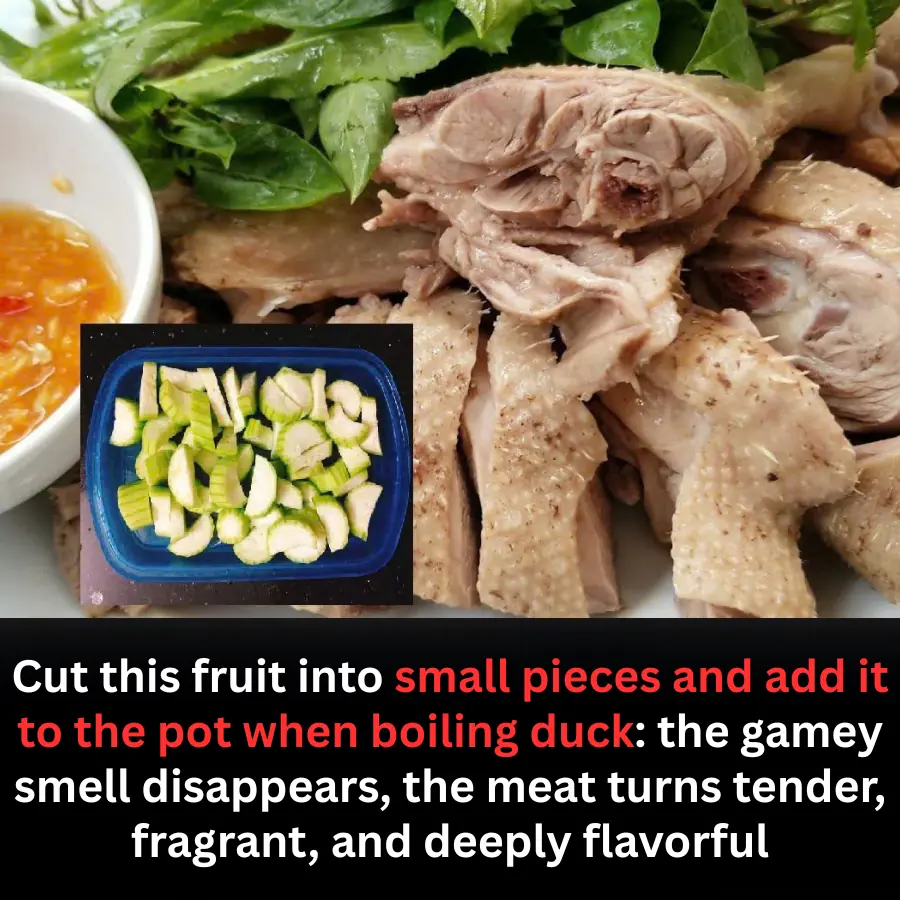
A Simple Kitchen Trick: Add This Fruit When Boiling Duck to Remove Odor and Boost Flavor

Never store your cooked rice without knowing this
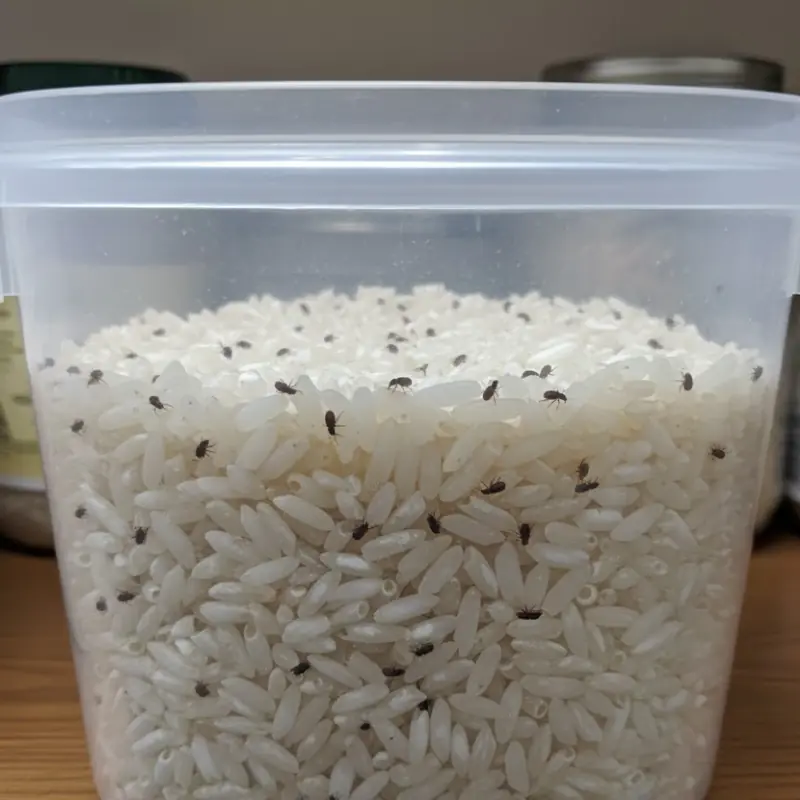
How to store rice to prevent insects and mold: Tips to keep rice fresh and flavorful

Why placing a roll of toilet paper in the fridge can effectively remove odors?
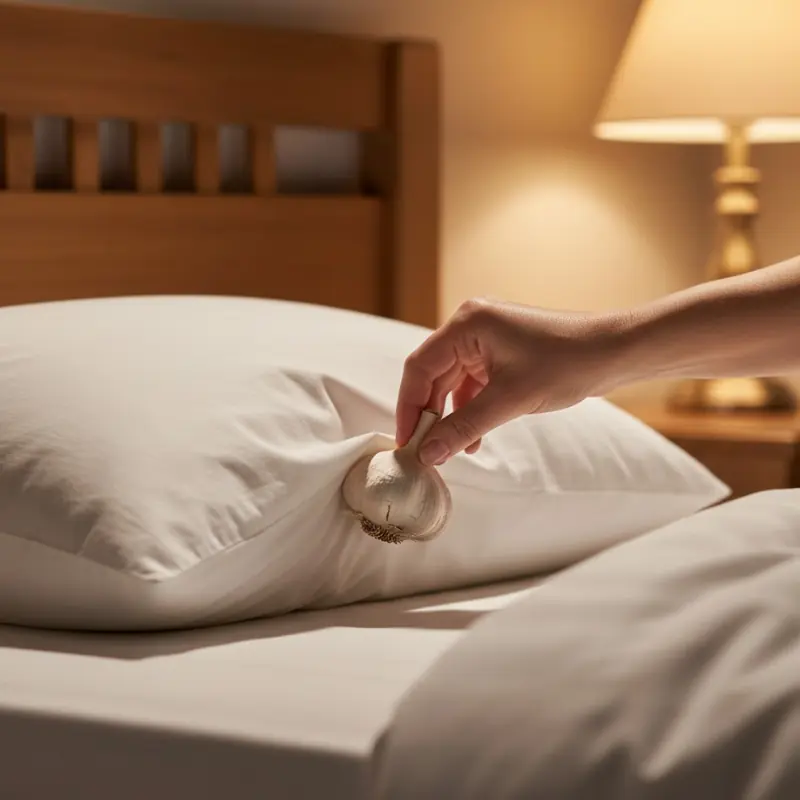
Why Should You Place Garlic by Your Bedside at Night? Everyone Will Want to Try It Immediately

6 plants that snakes are strongly attracted to, and 3 that naturally keep them away
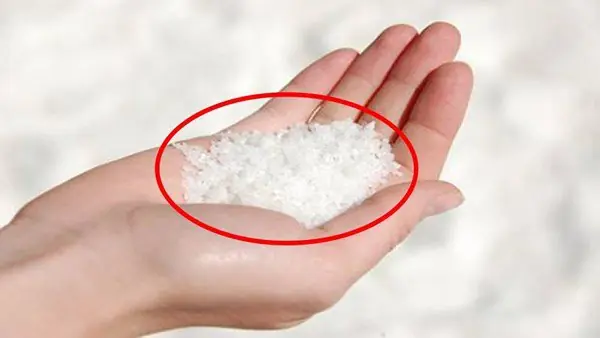
Sprinkling salt in door cracks: A simple habit with surprising meaning and practical benefits
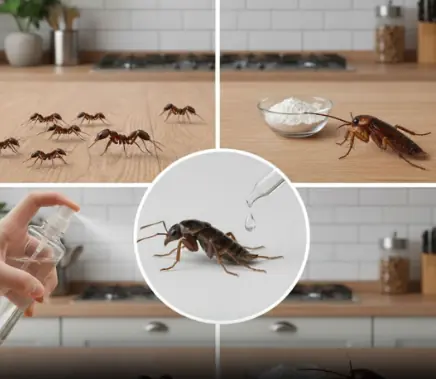
Goodbye fleas, ants, and cockroaches with this home remedy
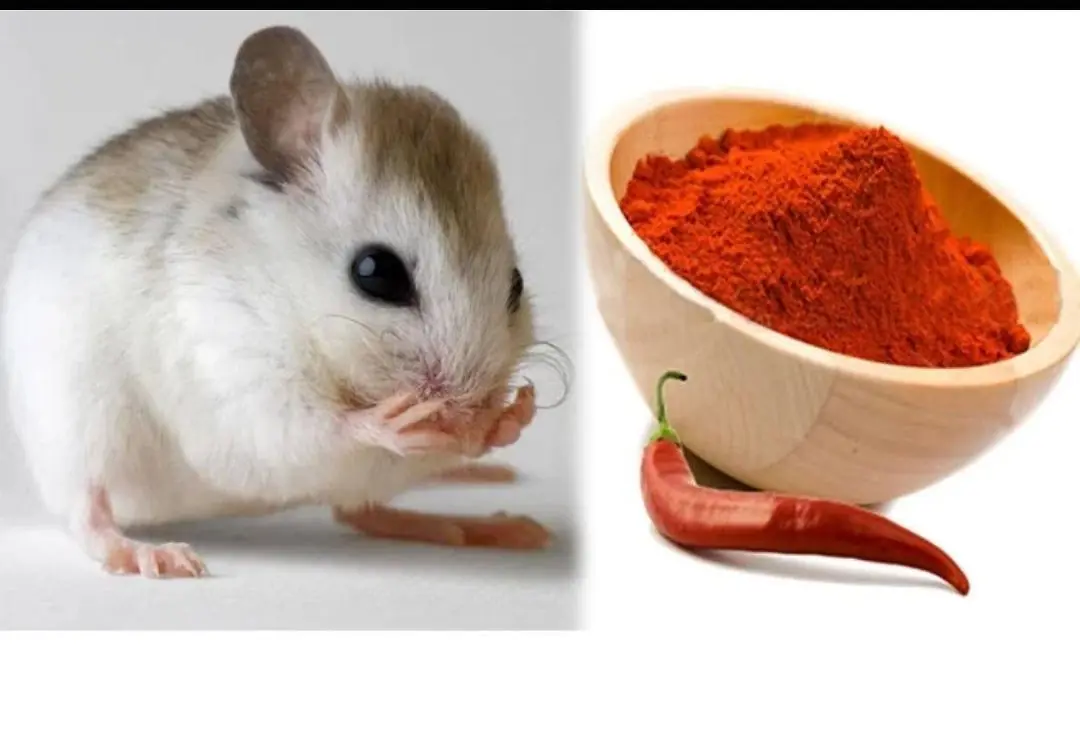
3 Easiest Ways to Get Rid of Mice in Your House
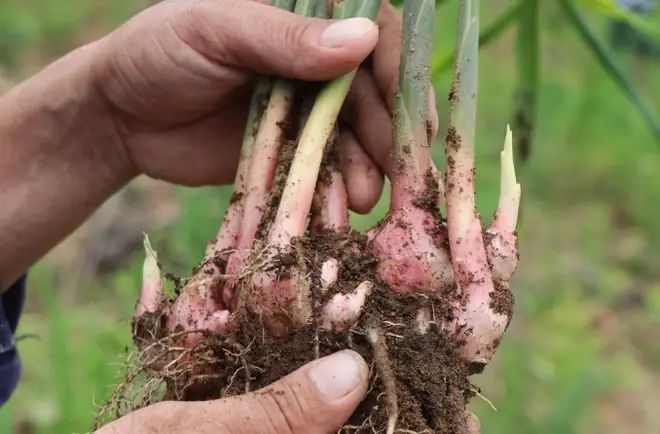
How to grow ginger at home easily and enjoy fresh ginger all year round

4 Types of Fish That Are Prone to Heavy Metal Contamination — Even Sellers Rarely Eat Them

Electrical devices to unplug during storms, thunder, and lightning

The Military Sleep Technique That Can Help You Fall Asleep in 2 Minutes
News Post
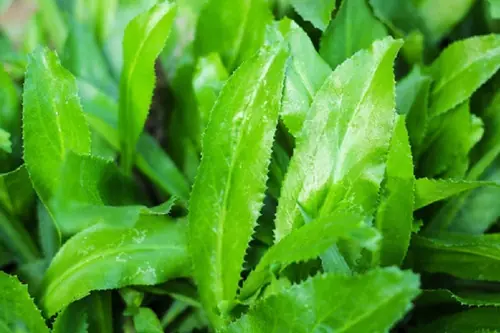
A handful of culantro for about 10–15 cents: a sto.mach soother and a helper for lowering blo.od fats

Two Hygiene Habits That “Wreck” the Inti.mate Area—Many Women Are Still Making These Mistakes
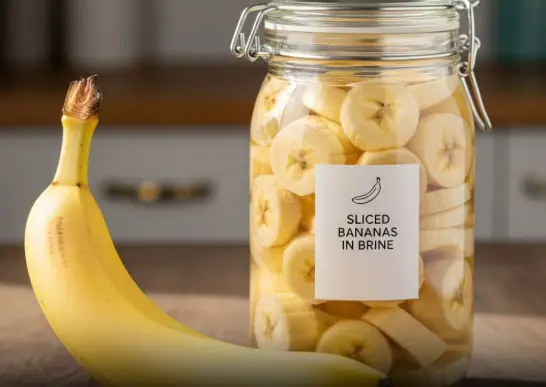
How to make banana vinegar with just 4 simple ingredients, you will have a delicious finished product
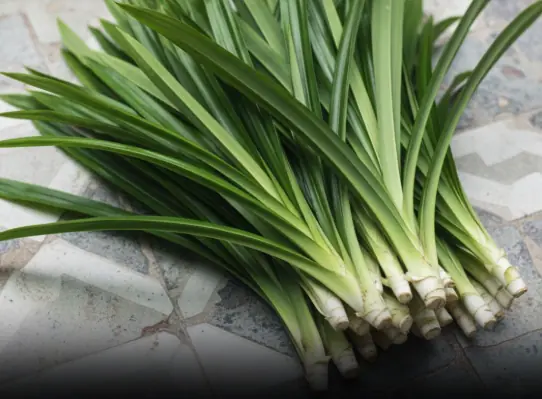
A plant with a distinctive aroma: Both a spice and a 'miracle drug' for health

A Step Many Think Makes Chicken “Clean” Actually Does the Opposite: Experts Everywhere Say Stop Immediately
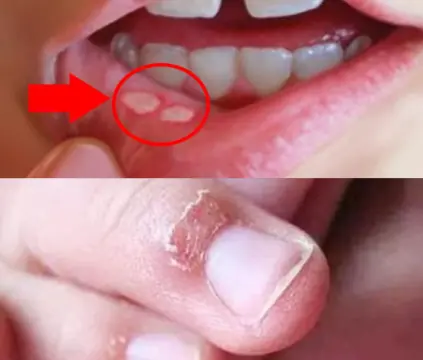
8 Early Warning Signs of Nutrient Deficiency Written All over Your Body
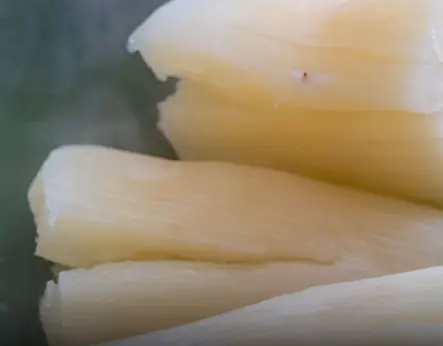
Over 200 People Are Killed By The “World’s Deadliest Food” Every Year, But Almost 500 Million People Still Eat It

A 56-Year-Old Man Who Avoided Rice and Ate Only Vegetables Faces Unexpected Health Results

4 types of people who should avoid eating cabbage

4 simple and effective tips to clean yellow sweat stains on white shirts at home that anyone can do it

What time should you shower to ensure your health and reduce the risk of stro:ke?

8 Early Warning Signs Of Ovarian Cancer You Shouldn’t Ignore

All The Things You Need to Know About Nighttime Urination And When To Start Worrying

Do You Sleep With Your Cat? You Could Be At Risk For This Silent, Deadly Disease

9 Early Signs of Diabetes You May Not Be Noticing

Eggplant is the king of vegetables but not everyone can eat it
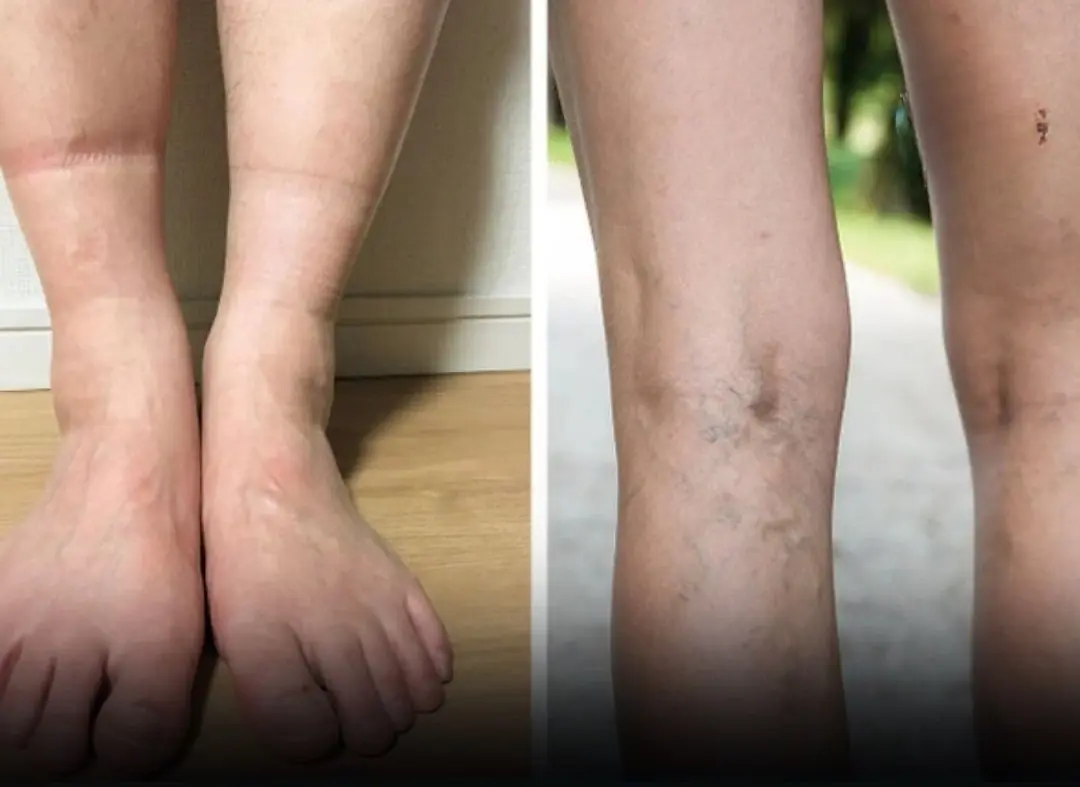
4 Possible Health Conditions Your Feet Could Be Signaling Through Sock Indentations
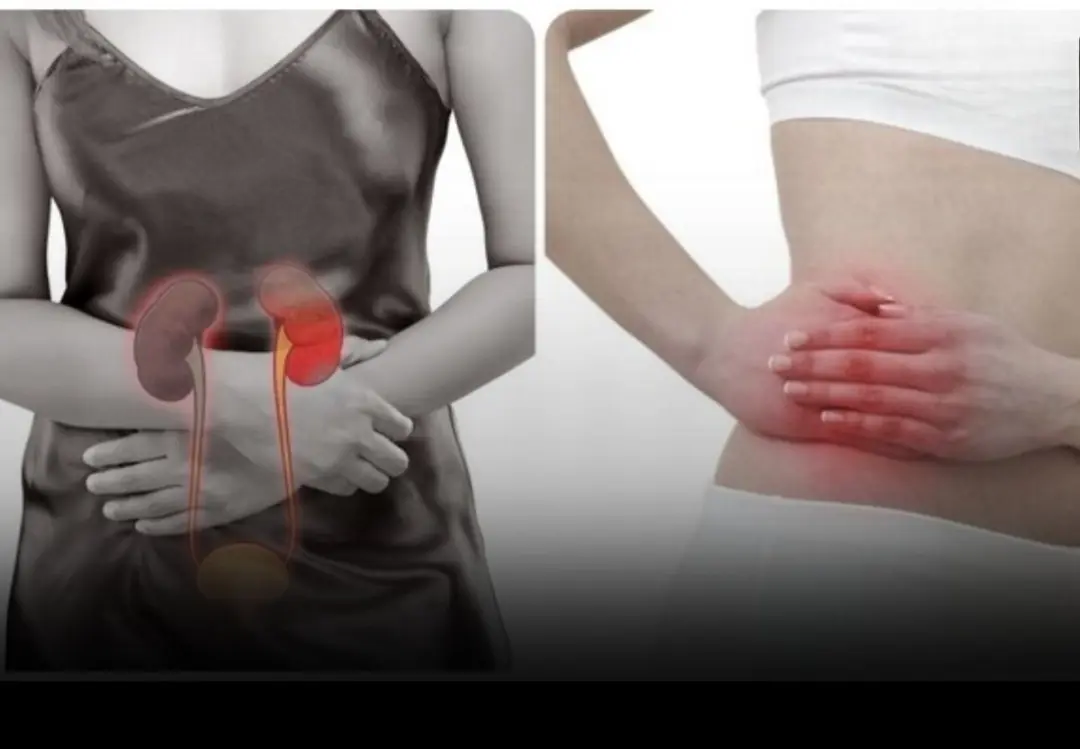
Recognizing early warning signs of kid.ney failure can greatly improve treatment outcomes.
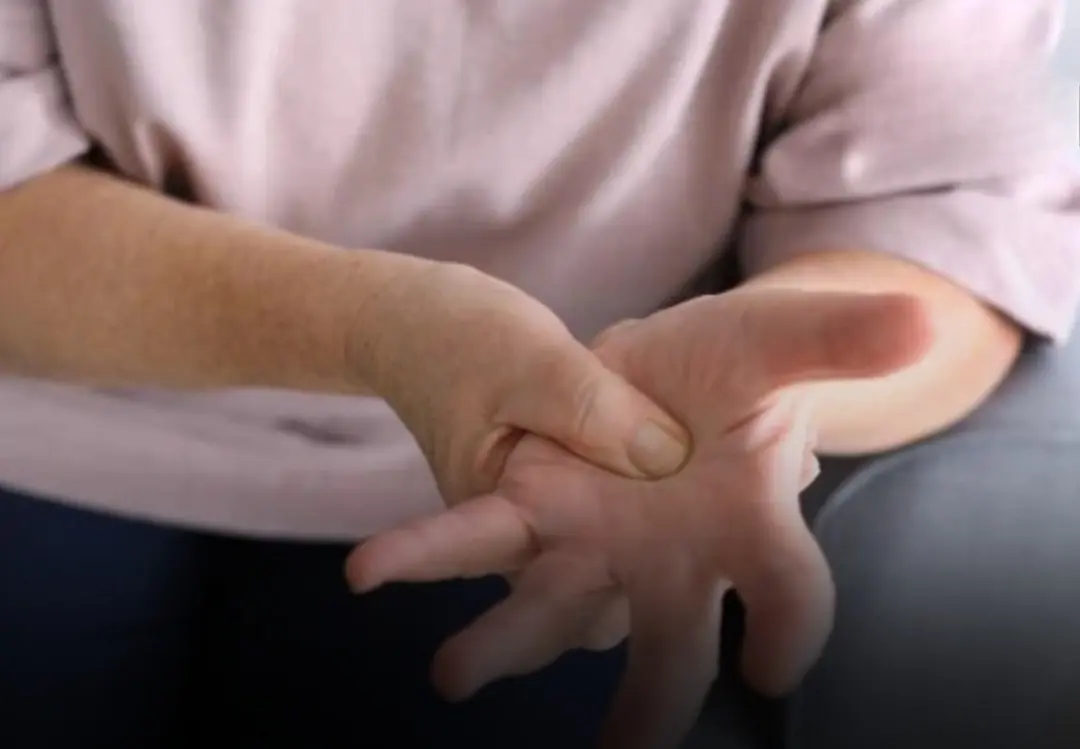
Your hands can reveal liver trouble — don’t ignore these shocking signs
